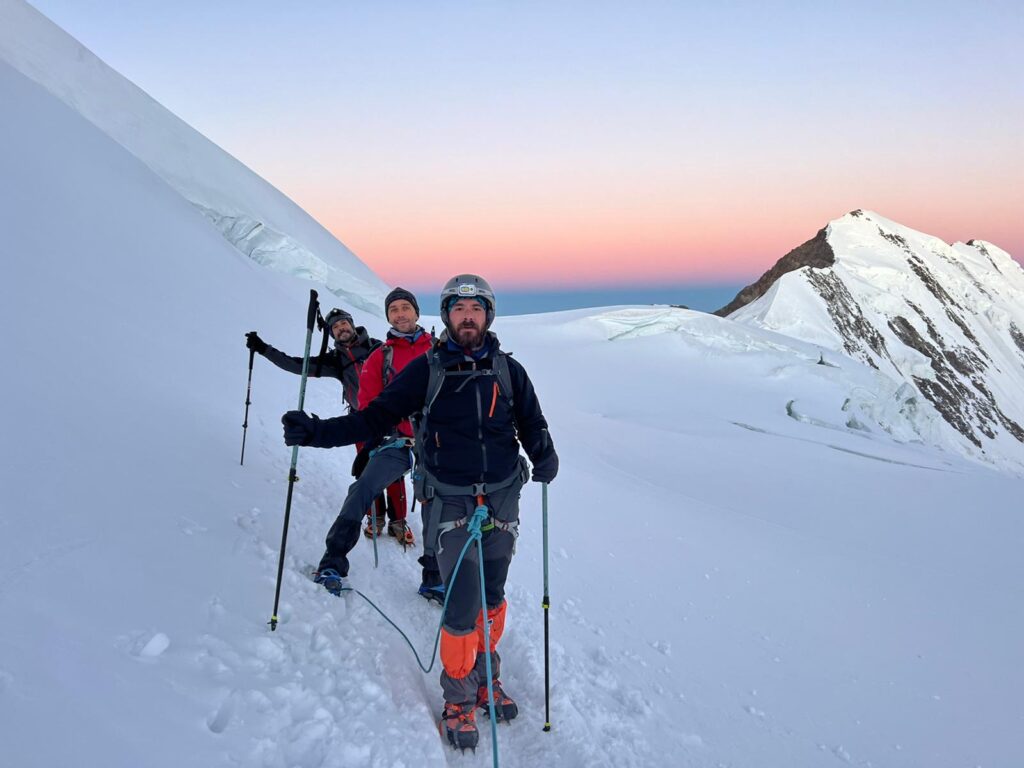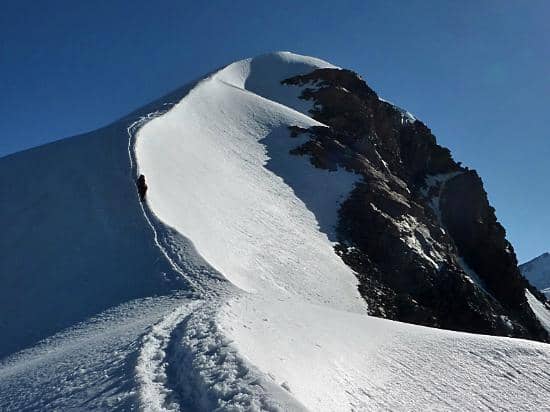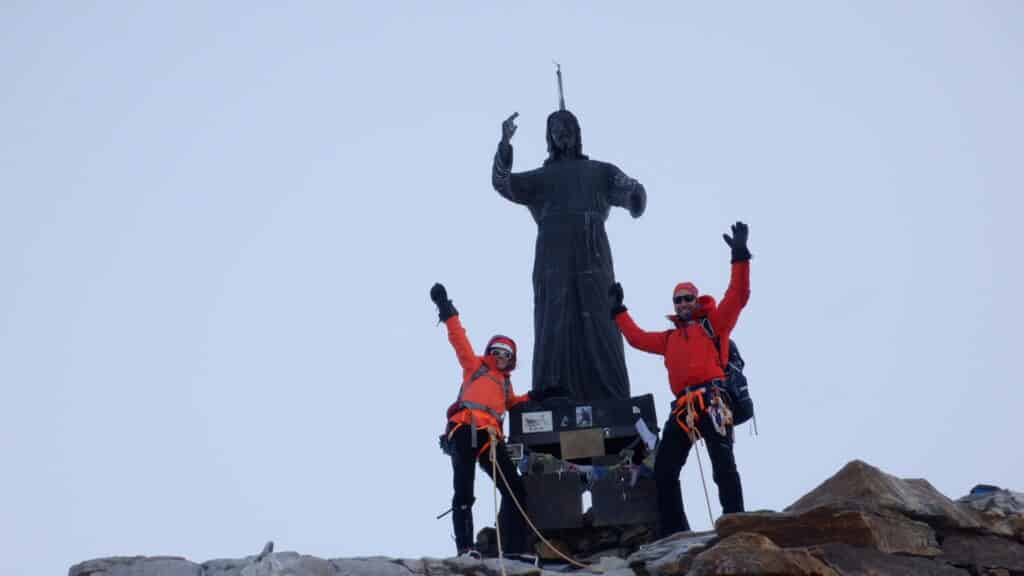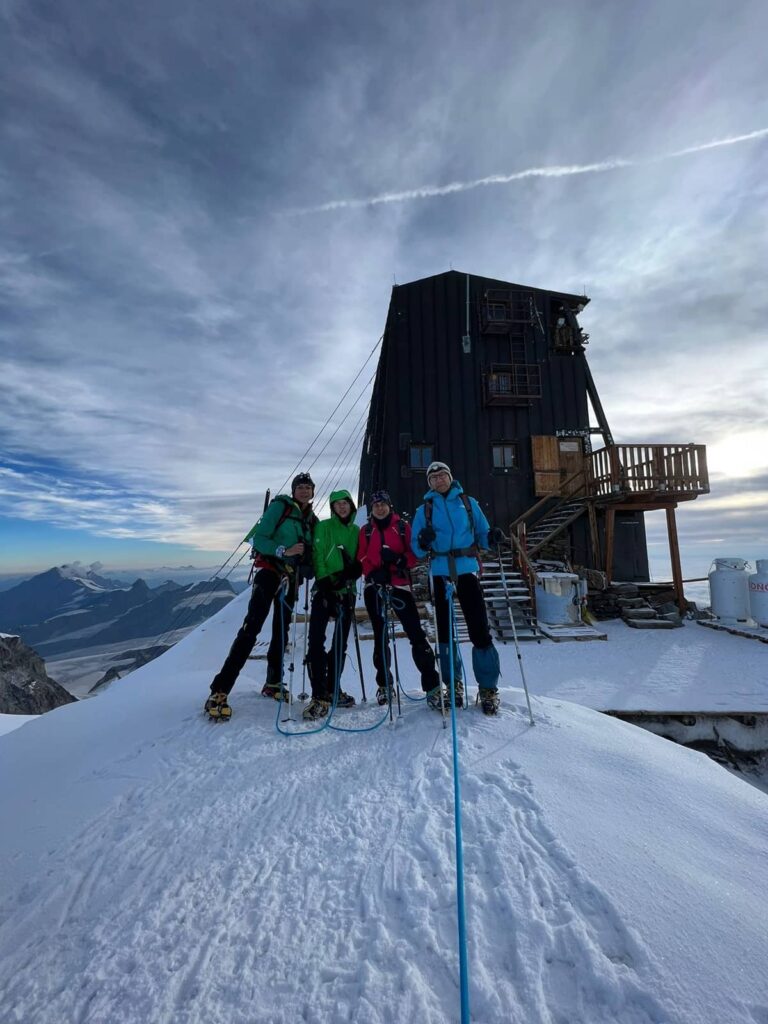Monte Rosa climb. At an altitude of 4633 meters, with 21 peaks over 4000 meters, and a refuge at 4554 meters: the Capanna Regina Margherita. We love climbing Monte Rosa for a thousand reasons.
How to climb Monte Rosa? Certainly, step by step.
Mountaineering is a philosophy of life but above all, a journey that improves with practice. According to the definition given by UNESCO, which has included mountaineering in the Intangible Cultural Heritage of Humanity, it is "the art of climbing peaks and walls in high mountains, in all seasons, on rocky or icy terrain. It involves physical, technical, and intellectual skills, utilizing highly specific techniques, equipment, and tools such as ice axes and crampons."
It goes without saying that one does not become a mountaineer on the first climb, but through a process that progresses step by step and skill by skill, achieved progressively with each climb, improving in awareness, training, and experience. Climbing Monte Rosa is a project, a goal, driven by passion, perseverance, and determination.
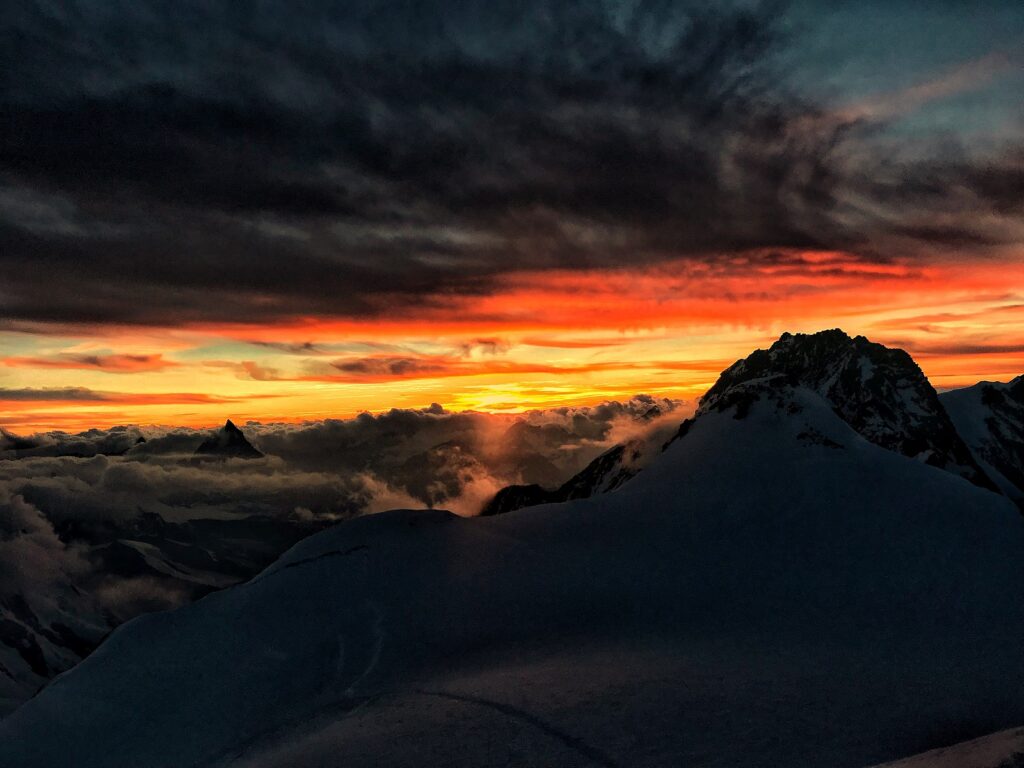
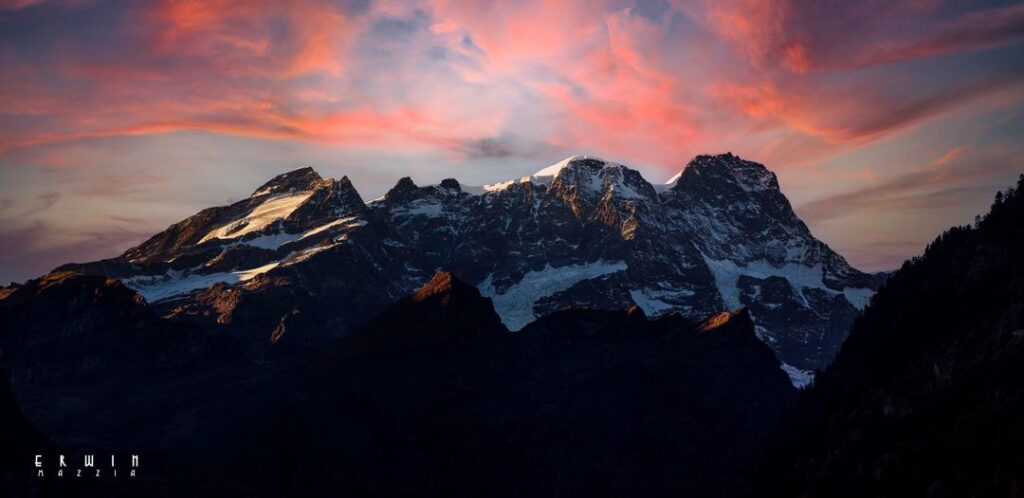
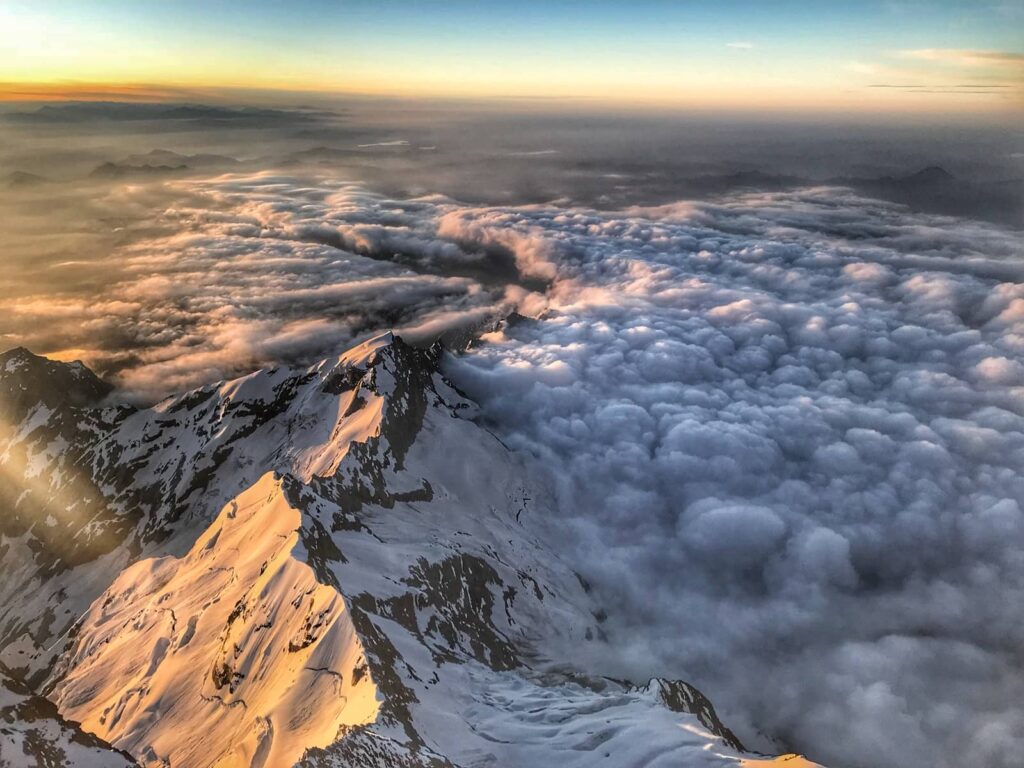
By training! It is necessary to condition your body to handle elevation gains of at least 1000 meters. Trekking a few times a year is not enough. You need consistency and determination. Fatigue increases by about 25% above 4000 meters. To fully enjoy a climb at 4000 meters, it is essential to prepare adequately, constantly improving your endurance during the ascent. If you can climb 1000 meters without issues at lower altitudes, tackling the climb at 4000 meters will be a rewarding experience.
Many times we attribute the failure of a climb to altitude sickness. When you experience fatigue and dizziness, your legs start to give out, and the weight of the climb becomes evident, it's not altitude sickness, it's a lack of training. Altitude sickness is different: you arrive at the refuge and feel nauseous, vomit, or have a severe headache, struggle to breathe, or feel dizzy without exertion. If you are struggling, it's more likely that you are not sufficiently trained. Remember that a climb should be a positive experience and not an effort beyond your capabilities. This can only be achieved by preparing with adequate awareness.
Participating in a mountaineering course is certainly a wise choice. Our everyday lives do not help: we work at computers, spend hours in offices, and live in highly urbanized cities where we have lost the ability to manage ourselves in natural environments. It is essential to be informed when going to the mountains, to know how to manage safety, and to be aware of the dangers and how to navigate in an environment that is not our own. A mountaineering course is a necessary step for anyone who wants to climb Monte Rosa with awareness and caution.
Attempting day climbs is essential for those taking their first steps into the world of mountaineering. Monte Rosa has several "easy" 4000-meter peaks. The well-balanced Punta Giordani at 4046 meters, the Western Breithorn at 4164 meters offering a full immersion in the Matterhorn environment, the majestic Pyramid Vincent at 4215 meters, or the surprising Cristo delle Vette at 4167 meters are climbs over 4000 meters that can be tackled by beginners, provided they have adequate training. Testing yourself on these peaks before climbing higher and spending the night at altitude is a wise choice.
When you have gained awareness and training, you can tackle the most sought-after peaks. Climbing to the Capanna Margherita is a dream for many. Reaching the highest refuge in Europe at 4554 meters is an incredible experience that opens up horizons you can't imagine.
For a more comprehensive climb that takes you to a peak with majestic and unspoiled views, Castor is the best choice. The ascent involves steep sections but they are never too long, and it culminates in a short and psychologically manageable ridge, allowing you to engage with the pure essence of mountaineering.
Crossing the Naso del Lyskamm, following in the footsteps of the legendary Mezzalama, is the first alpine traverse to attempt if you want to climb Monte Rosa. The traverse of the Naso, a prominence between the Eastern and Western Lyskamm, offers a picturesque but not overly challenging route, enabling you to cross from west to east while traversing the base of an iconic peak.
Climbing Pollux requires the use of crampons and an ice axe, with sections of rock and snow climbing. It rewards mountaineers with spectacular panoramic views and is ideal for those with some high mountain experience. After a relatively easy start that allows for optimal warming up, the normal route continues with sections of II-III grade rock climbing, ending on a snow ridge. Some passages are equipped with fixed ropes to facilitate progression.
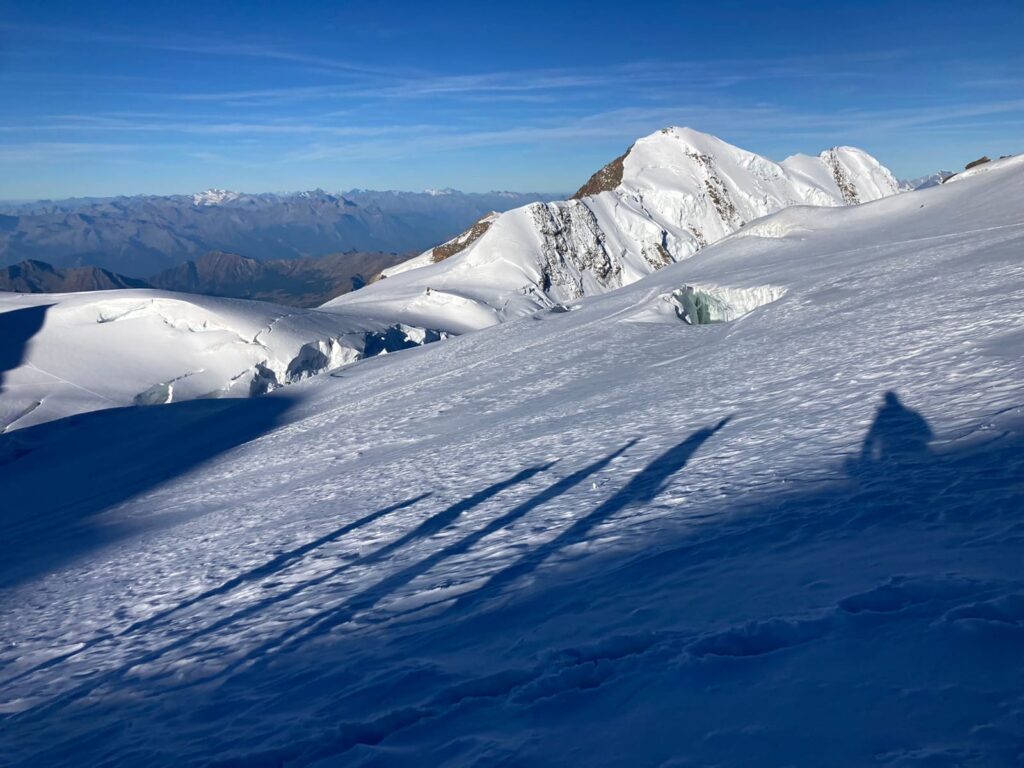
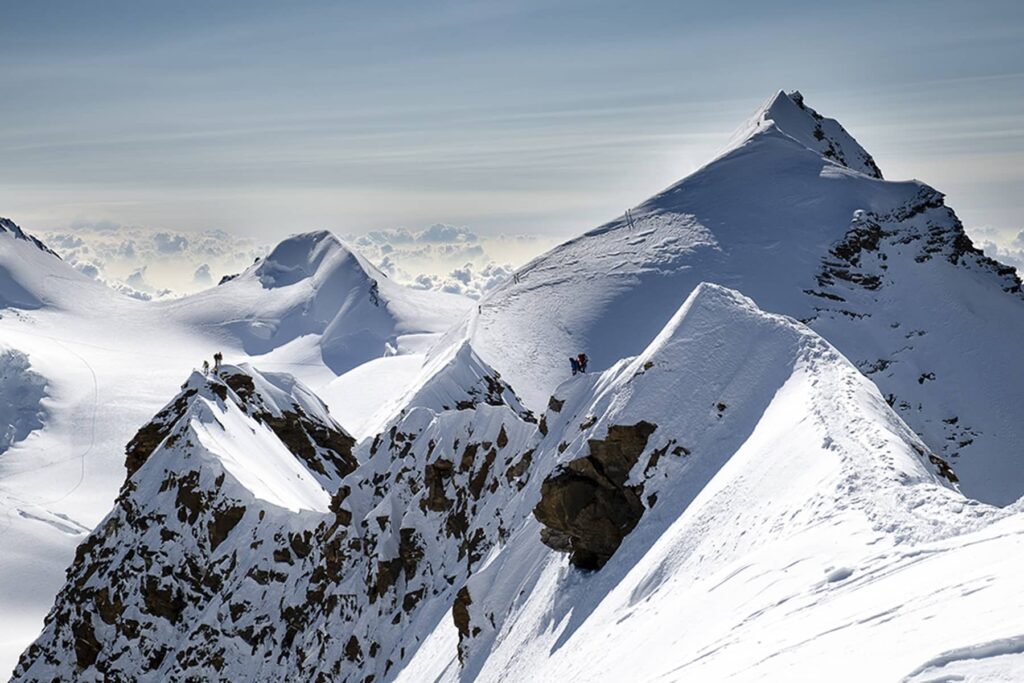
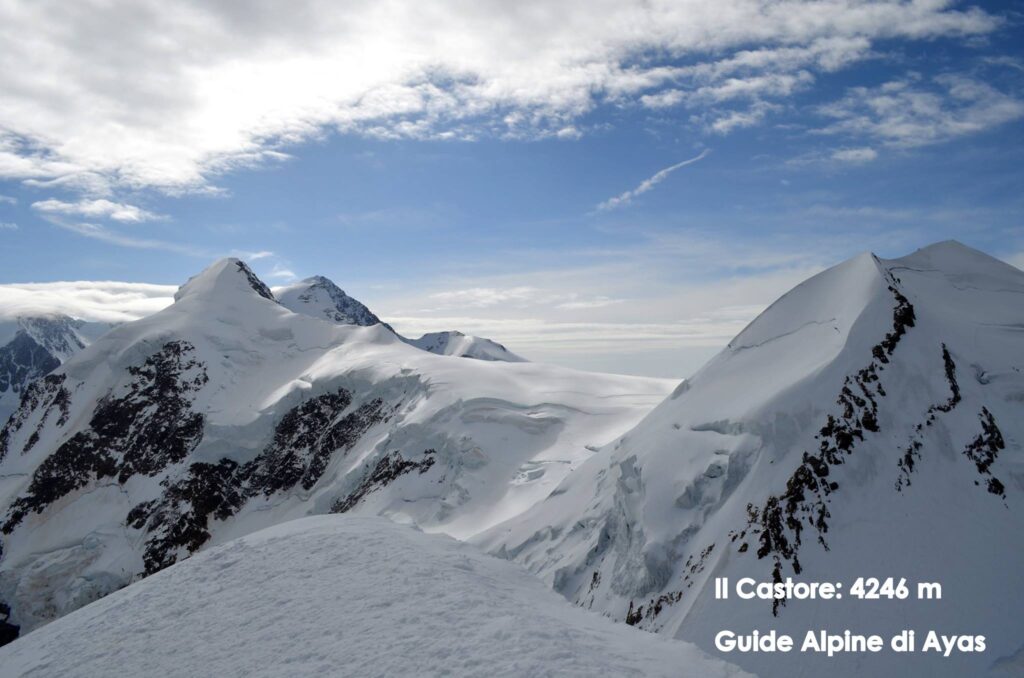
Monte Rosa boasts many iconic peaks that tell the story of climbs and the climbers who first ascended them. Some of these climbs have become part of collective memory.
Punta Dufour is the highest peak of Monte Rosa and the highest in all of Switzerland. At 4,634 meters, it is a primary objective for mountaineers in the Pennine Alps. On the Italian side, there are two highly coveted routes:
The airy and elegant Lyskamm traverse is known as one of the most technical traverses in the Alps. It requires significant ice and rock climbing skills, unfolding along a sharp and often dizzying ridge that connects the Western and Eastern Lyskamm peaks. This traverse offers an extraordinary opportunity for mountaineers to test their abilities in a severe and stunning alpine environment.
This elegant and precious ascent follows the boundary between the east and south faces of Monte Rosa, combining rock and mixed terrain with accessible difficulties in a high mountain environment. This ambitious and aerial route represents one of the classic ascents of Monte Rosa and is essential in the resume of an experienced mountaineer.
